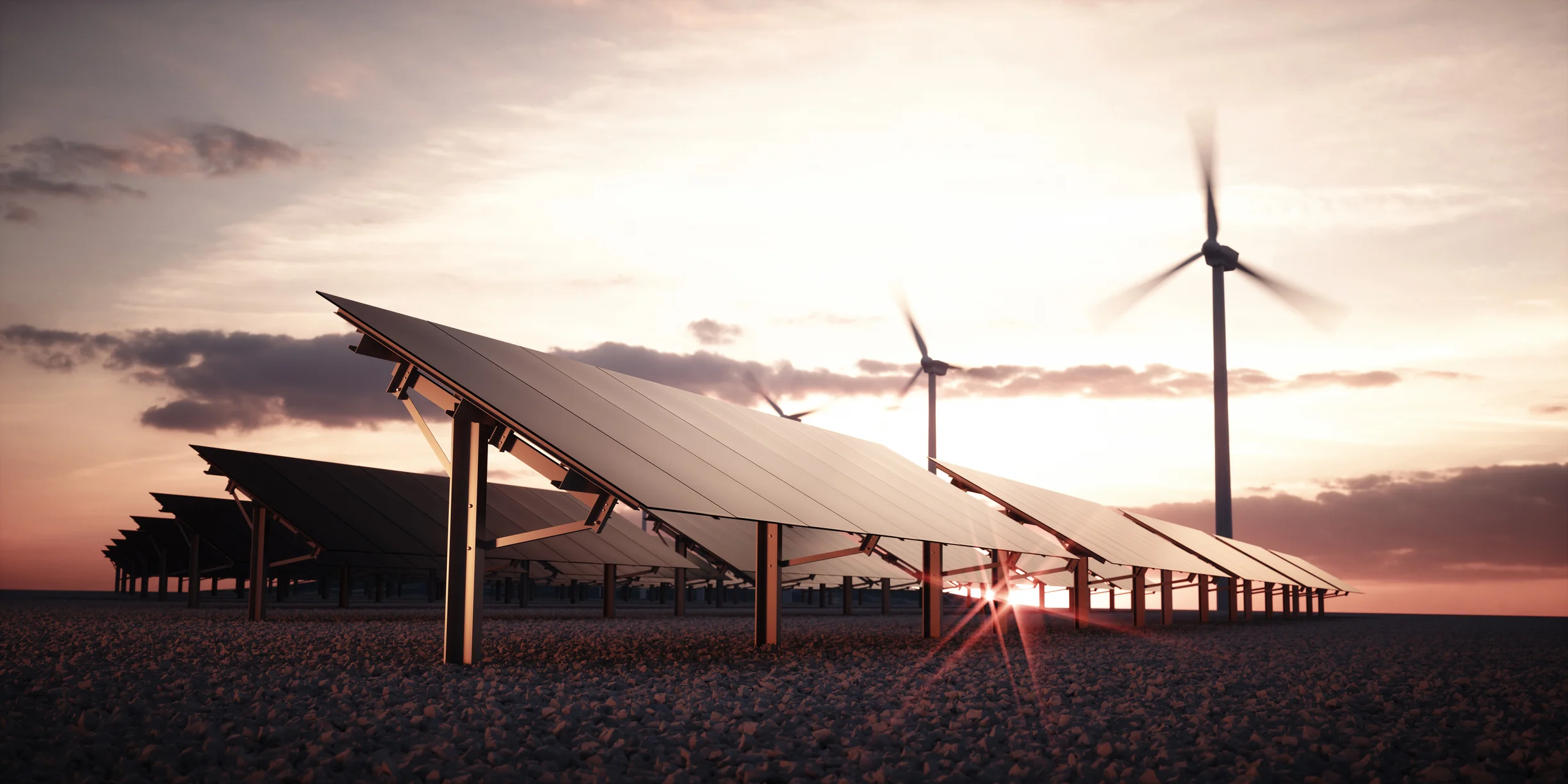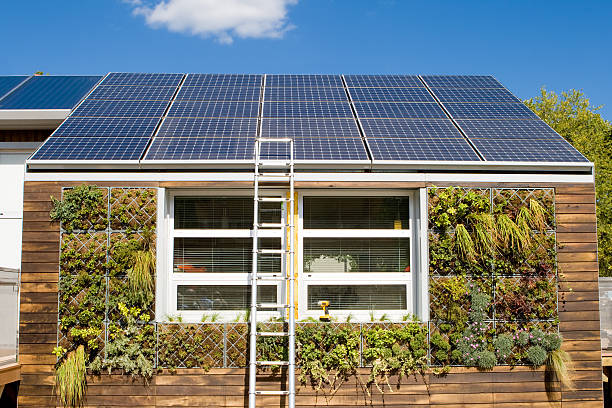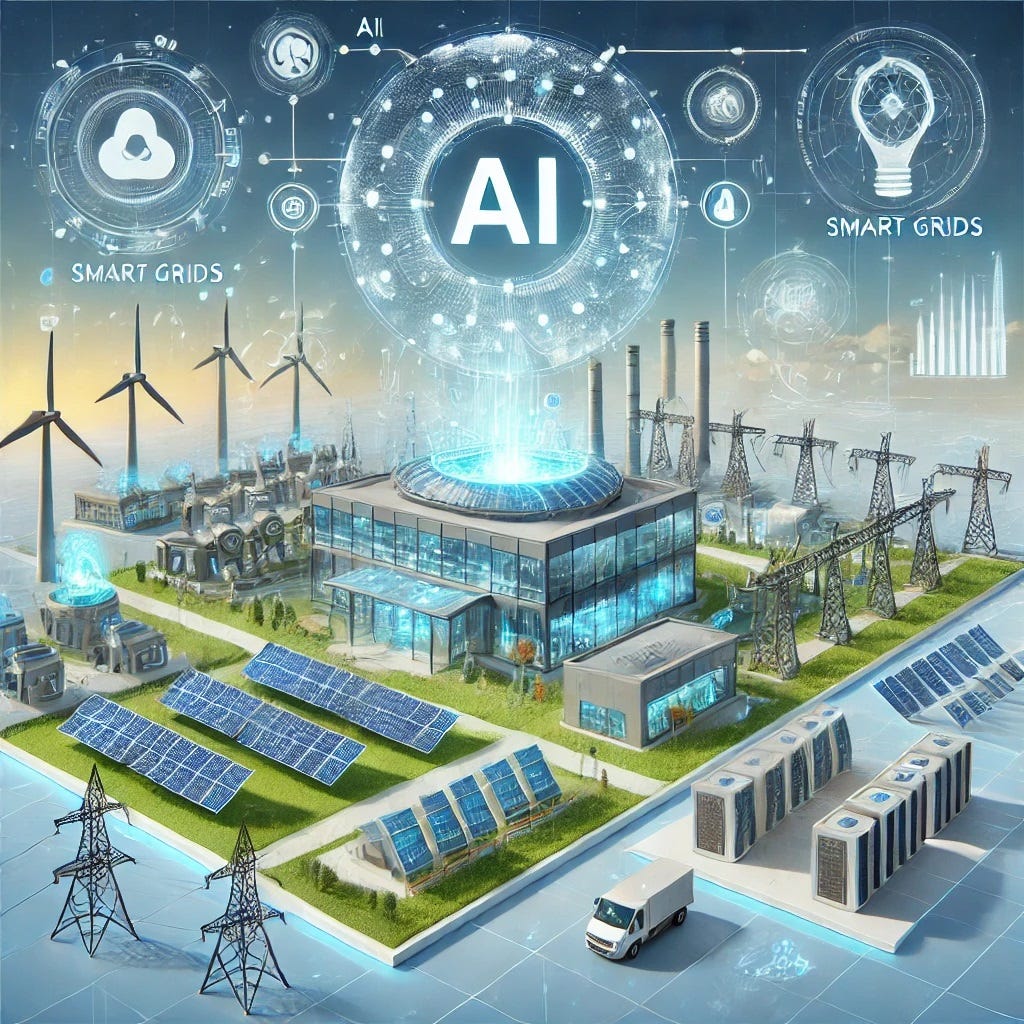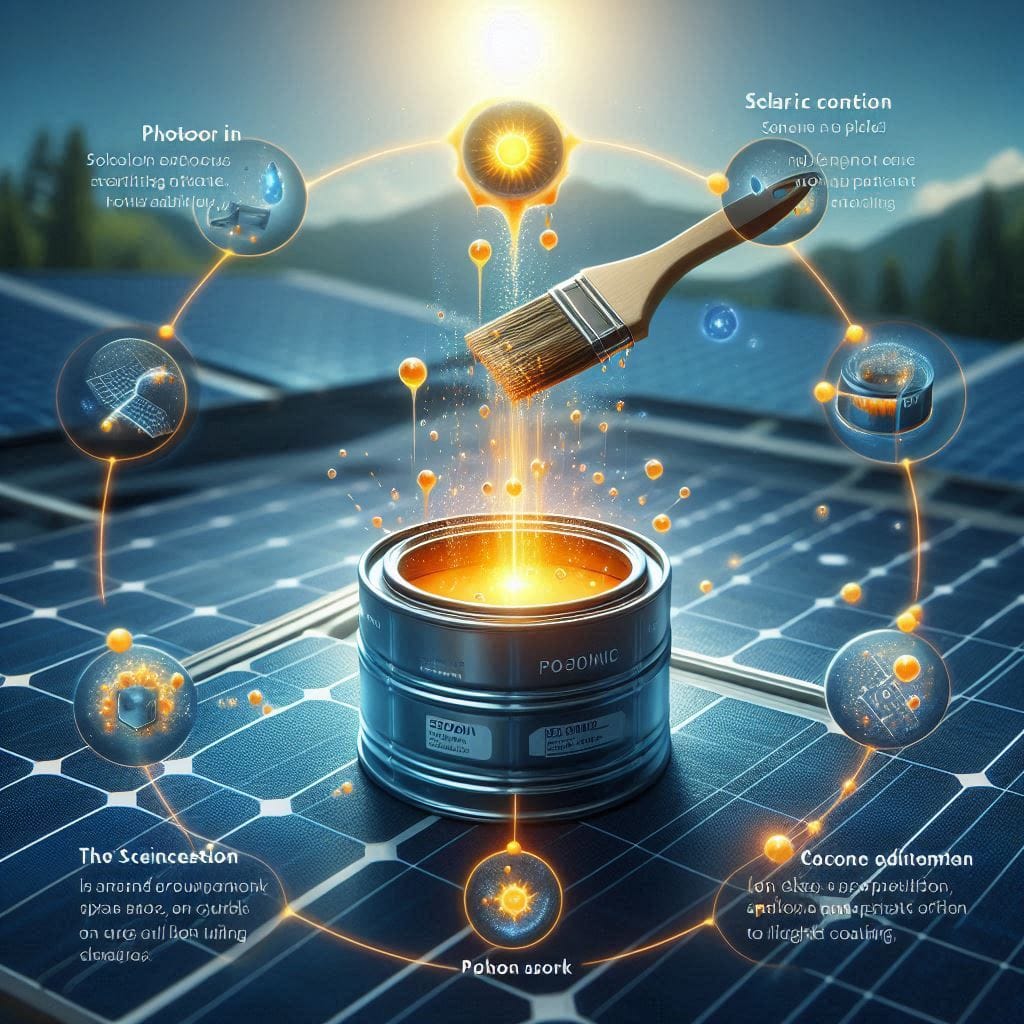In the face of climate change and escalating energy demands, the world is turning to cleaner, smarter solutions. Two technologies stand at the forefront of this revolution: Solar Power and Artificial Intelligence (AI). Separately, they are powerful. Together, they form the ultimate green partnership — one that could reshape the future of energy and sustainability.
In the face of climate change and escalating energy demands, the world is turning to cleaner, smarter solutions. Two technologies stand at the forefront of this revolution: Solar Power and Artificial Intelligence (AI). Separately, they are powerful. Together, they form the ultimate green partnership — one that could reshape the future of energy and sustainability.


Solar power has become the poster child of renewable energy, offering a clean, abundant, and increasingly affordable alternative to fossil fuels. But it’s not without its challenges: unpredictability of sunlight, efficiency issues, and the complexity of managing decentralized power sources. That’s where AI steps in — optimizing how we capture, store, and use solar energy. By integrating AI into solar systems, we can maximize output, improve forecasting, and create more resilient energy grids.
AI algorithms can analyze weather data, satellite imagery, and historical energy production to accurately forecast solar output. This helps grid operators balance supply and demand, reducing energy waste and blackouts.
AI-powered sensors can detect panel faults, shading issues, or performance dips in real-time. This leads to proactive maintenance, reducing downtime and improving overall system health.
AI can dynamically control battery systems, determining the best times to store or release energy. This ensures maximum efficiency and cost savings — especially when paired with Time-of-Use electricity pricing.
With solar systems becoming more decentralized (think rooftop panels on homes and businesses), AI is critical for integrating these systems into national grids. It manages load balancing, prevents overloads, and supports demand response strategies.
Google’s DeepMind used AI to boost the value of wind energy (a similar intermittent source) by 20% — a method now being adapted for solar.
The future of energy isn’t just renewable — it’s intelligent. Imagine a self-healing energy grid powered by solar, monitored by drones, optimized by AI, and distributed peer-to-peer through blockchain-based smart contracts. This isn’t science fiction. It’s the direction we’re heading in — and fast.


Solar power gives us the means to generate clean energy. AI gives us the intelligence to use it wisely. Together, they don't just represent a sustainable future — they are the future. Embracing this partnership isn’t just an option; it’s a necessity for building a resilient, equitable, and green world.